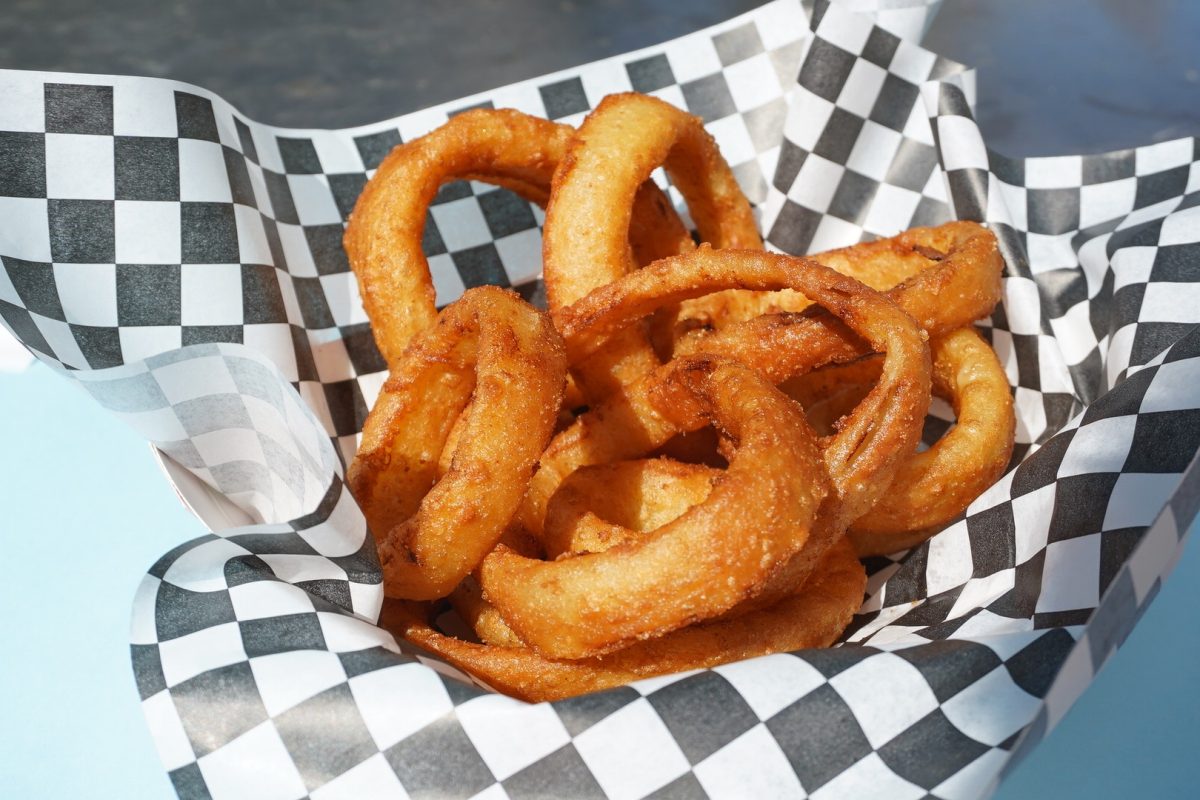Imagine you stumble upon a clear container filled with bright green dish soap. It reads: “for every bottle of soap you buy, twenty cents will be donated to help save giant kapok trees found in the Amazon Rainforest.” Realizing you can kill two birds with one stone, you put the product in your cart and feel charitable because you’re doing your part to help preserve the Amazon. You just got played.
Every day, we are bombarded with advertisements showing how environmentally friendly certain products and services are. This concept is called greenwashing. The act of greenwashing is misleading and makes the consumer believe they are doing a noble thing for the environment when they aren’t.
Companies are obviously more than willing to jump on the green bandwagon in an effort to appear environmentally aware. The truth is that the little “green” things they do, or claim to do, are so slight that they aren’t green or environmentally conscious at all.
There are several examples of greenwashing products.
Coal is one of the top leading greenwashing products. The term “clean coal” is a term that we’ve heard politicians use, but there is no such thing as clean coal. Coal is not sustainable, whatsoever. The burning of coal emits carbon dioxide (a greenhouse gas) into the atmosphere.
Soft drinks have also unfortunately been inducted into the greenwashing hall of fame. All soft drinks use an enormous amount of water and leave behind tons of waste. Coca-Cola came out with a “go green” campaign partnering with the World Wildlife Fund to preserve seven of the world’s major rivers. This is greenwashing at its finiest.
It takes 2.5 liters of water to produce one liter of Coca-Cola, in a bottle. Coca-Cola sells 1.5 billion beverages a day in over 200 countries.
According to a study from Business Pundit, “in 2006, Coca-Cola and its bottlers used 80 billion gallons of water to produce its beverages — equivalent to one-fifth of the daily water usage of the U.S. Approximately 40 percent of that went into producing their line of drinks that include Coke, Sprite and Fanta.”
“A few years ago I noticed an increase in products advertised as green. I always thought it was company’s way of adapting to the new market,” broadcast electronic communication arts student Allison Pulido said. “It was in my environmental issues in the media class that brought the idea of green washing to my attention. It made me upset that companies would extort a cause like the environment for profit. I was also upset because it made me realize I have probably fallen victim to greenwashing.”
Not all products that claim to be “green” actually are. Companies are more than willing to take advantage of customers and their willingness to help the environment. The first step in dodging greenwashing is to look at the labels. Don’t be fooled into purchasing a product because it says it is environmentally friendly. Second, check out the companies’ website and educate yourself on what makes them “green,” if in fact they are. Third, compare products to others like it, investigate the changes they are making to be “green.”










